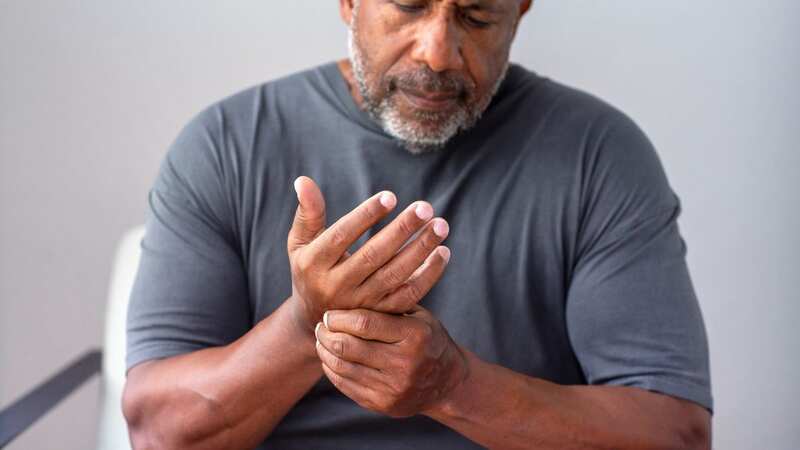Incurable disease will affect one billion people in 30 years - see symptoms list

Up to one billion people worldwide will suffer from osteoarthiris - the most common form of arthritis - by the year 2050, scientists have predicted.
Obesity is a major contributor to osteoarthritis, and in 2020 was responsible for approximately 20% of the disability of osteoarthritis - which causes joints to become painful and stiff, the same study suggests.
The condition increases with age, and international research found that for those aged 70 and older it ranked seventh among causes for years lived with disability (YLDs). The research, published in The Lancet Rheumatology, analysed 30 years of osteoarthritis data (1990-2020) covering more than 200 countries.
It was led by the Washington-based Institute for Health Metrics and Evaluation (IHME) as part of the Global Burden of Disease Study 2021. According to the findings, cases have increased rapidly over the past three decades because of three main factors - ageing, population growth, and obesity.
In 1990, 256 million people had osteoarthritis. By 2020, this number rose to 595 million people - a 132% increase. By 2050, experts project this figure will reach the one billion mark.
 A twitching eye can sometimes be serious - signs, symptoms and when to see a GP
A twitching eye can sometimes be serious - signs, symptoms and when to see a GP
According to The National Institute of Arthritis and Musculoskeletal and Skin Diseases, the most common osteoarthritis symptoms are...
- Pain when using the joint, which may improve with rest. For some people, in the later stages of the disease, the pain may be worse at night. Pain can be localised or widespread.
- Joint stiffness, usually lasting less than 30 minutes, in the morning or after resting for a period of time.
- Joint changes that can limit joint movement.
- Swelling in and around the joint, especially after a lot of activity or use of that area.
- Changes in the ability to move the joint.
- Feeling that the joint is loose or unstable.
Dr Jaimie Steinmetz, the paper's corresponding author and lead research scientist at the IHME, said: "With the key drivers of people living longer and a growing world population, we need to anticipate stress on health systems in most countries.
"There is no effective cure for osteoarthritis right now, so it's critical that we focus on strategies of prevention, early intervention, and making expensive, effective treatments like joint replacements more affordable in low and middle-income countries."
The knees and hips are the most common areas for osteoarthritis. By 2050, osteoarthritis is projected to increase by 74.9% in the knees, 48.6% in the hand, 78.6% in the hips, and 95.1% in other areas like the elbows and shoulders.
It is also estimated that more women than men will continue to grapple with the condition. In 2020, 61% of osteoarthritis cases were in women versus 39% in men.
Dr Jacek Kopek, senior author and professor in the School of Population and Public Health at the University of British Columbia, said there is a combination of possible reasons for the difference.
He explained: "The reasons for gender differences in osteoarthritis prevalence are being investigated, but researchers believe that genetics, hormonal factors, and anatomical differences play a role."
Read more similar news:
Comments:
comments powered by Disqus

































